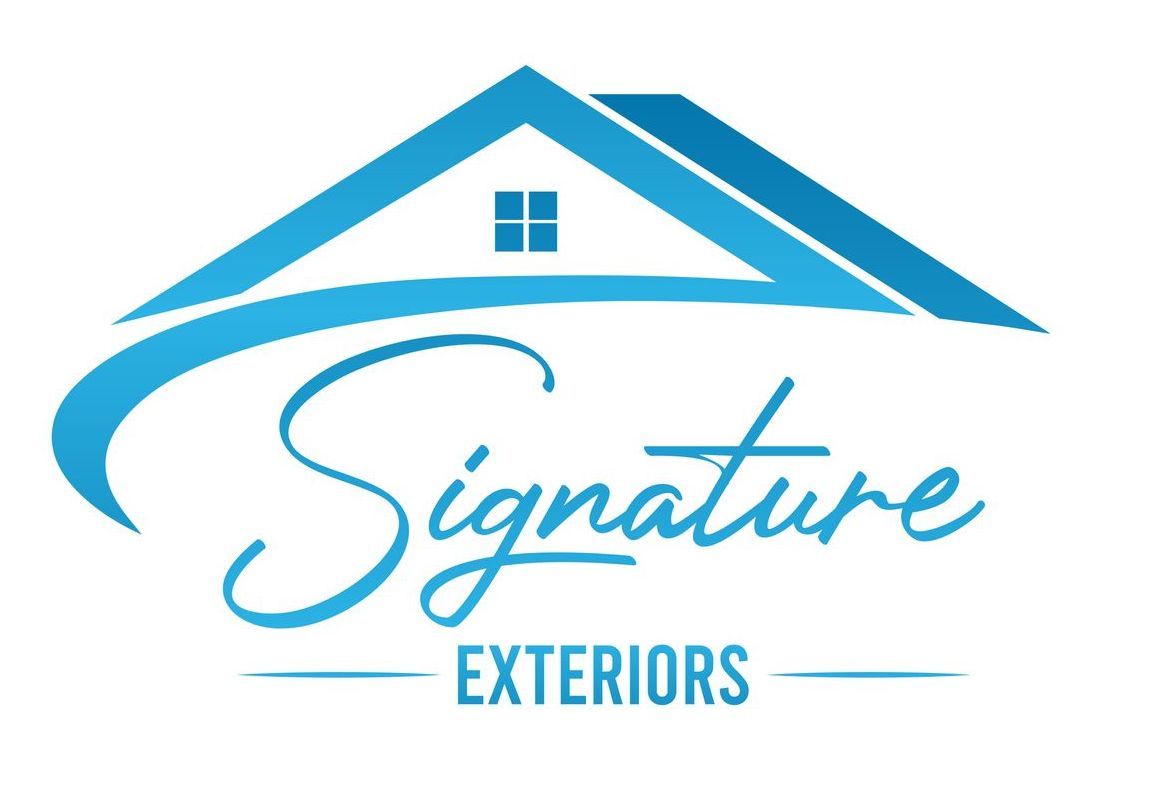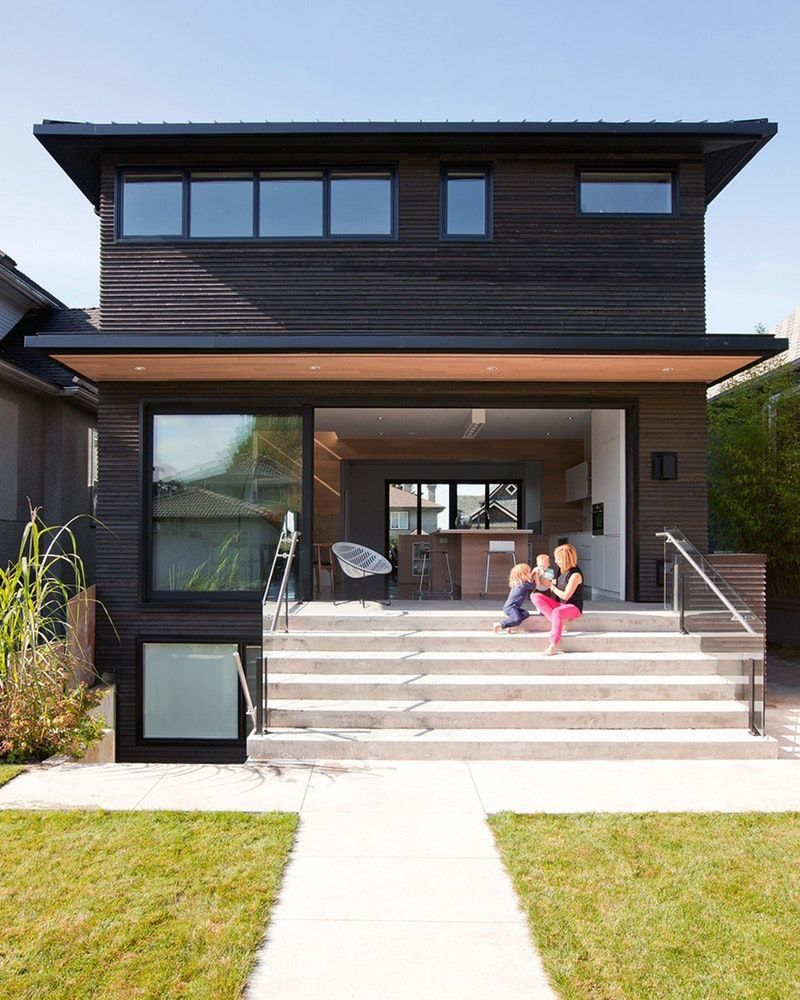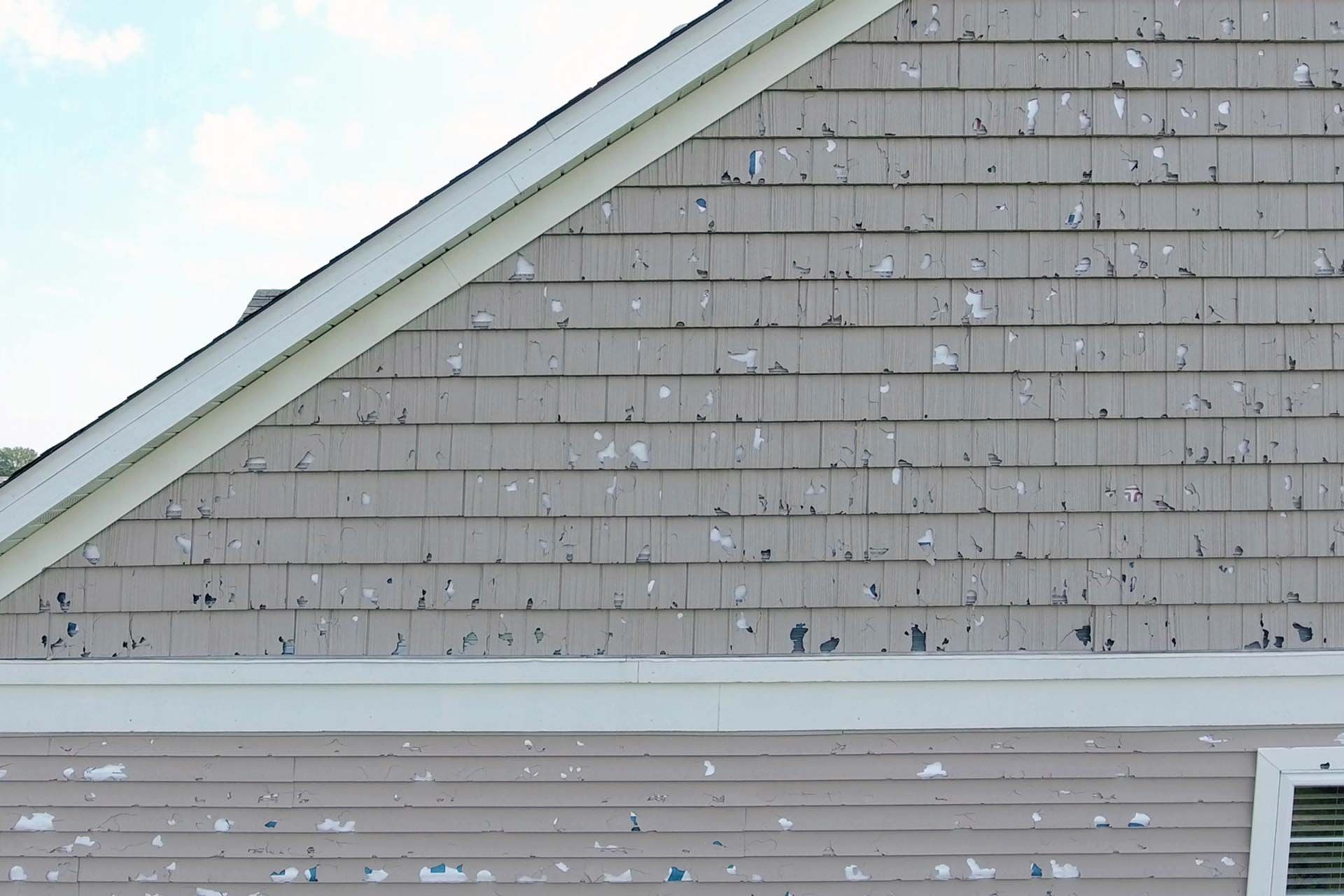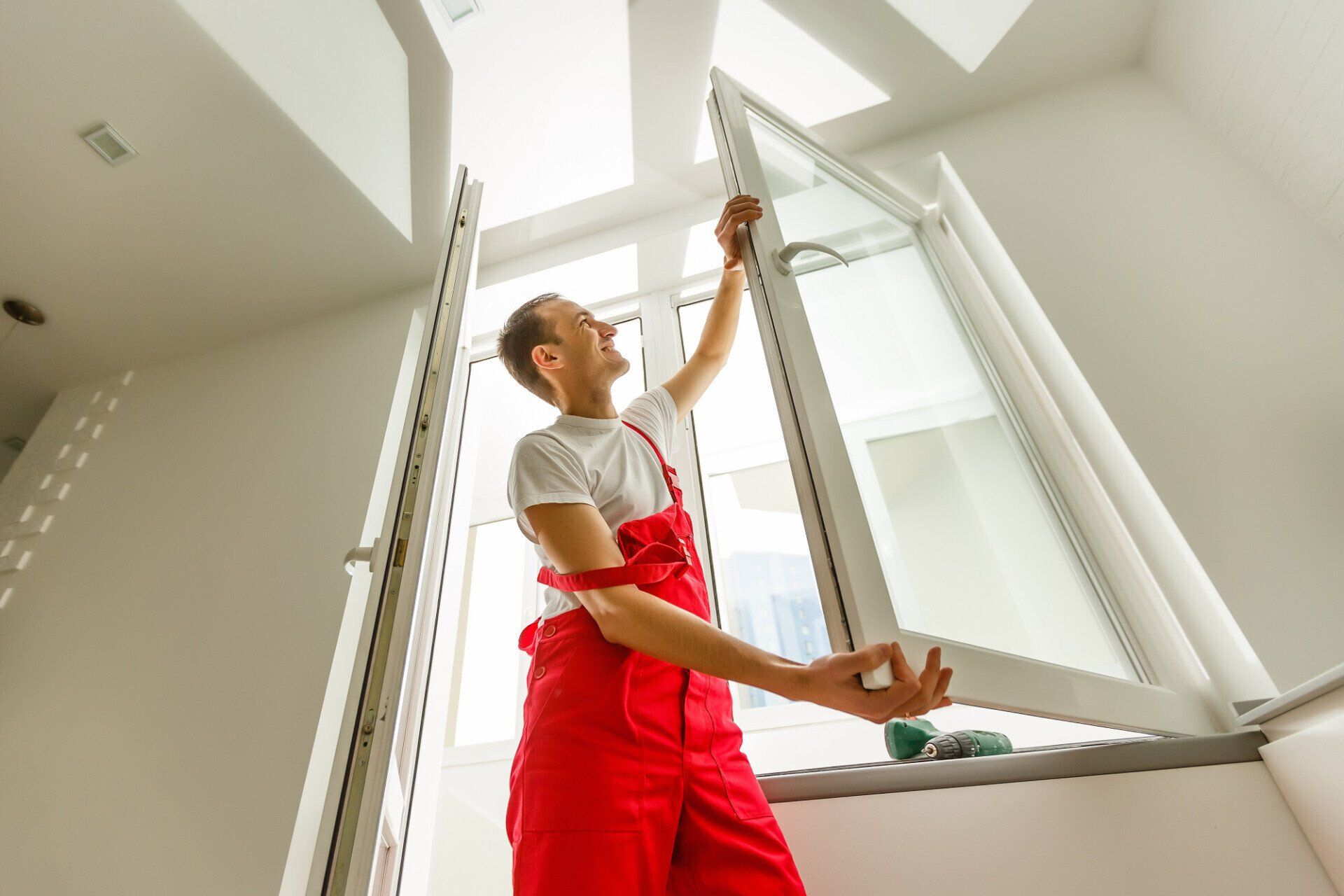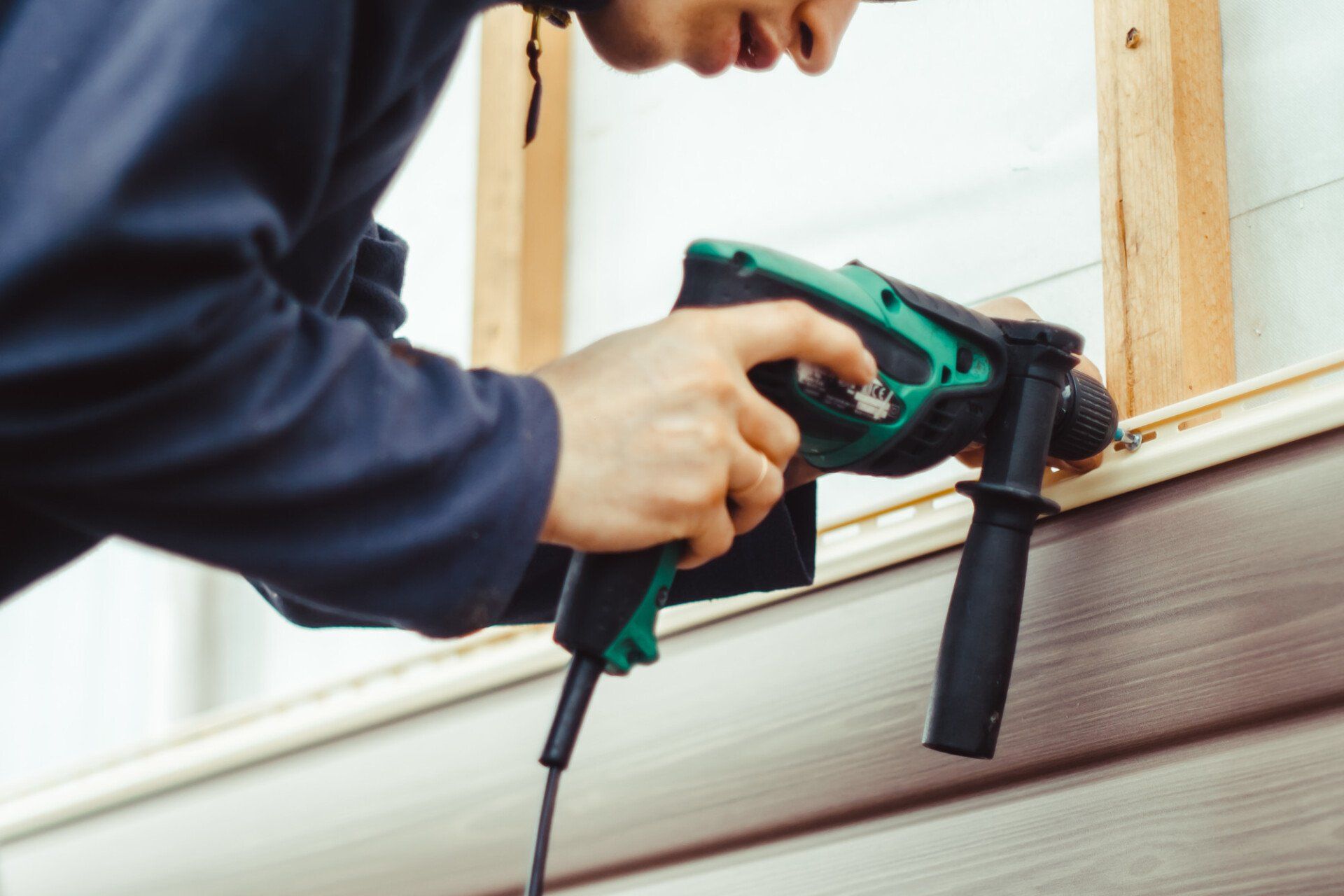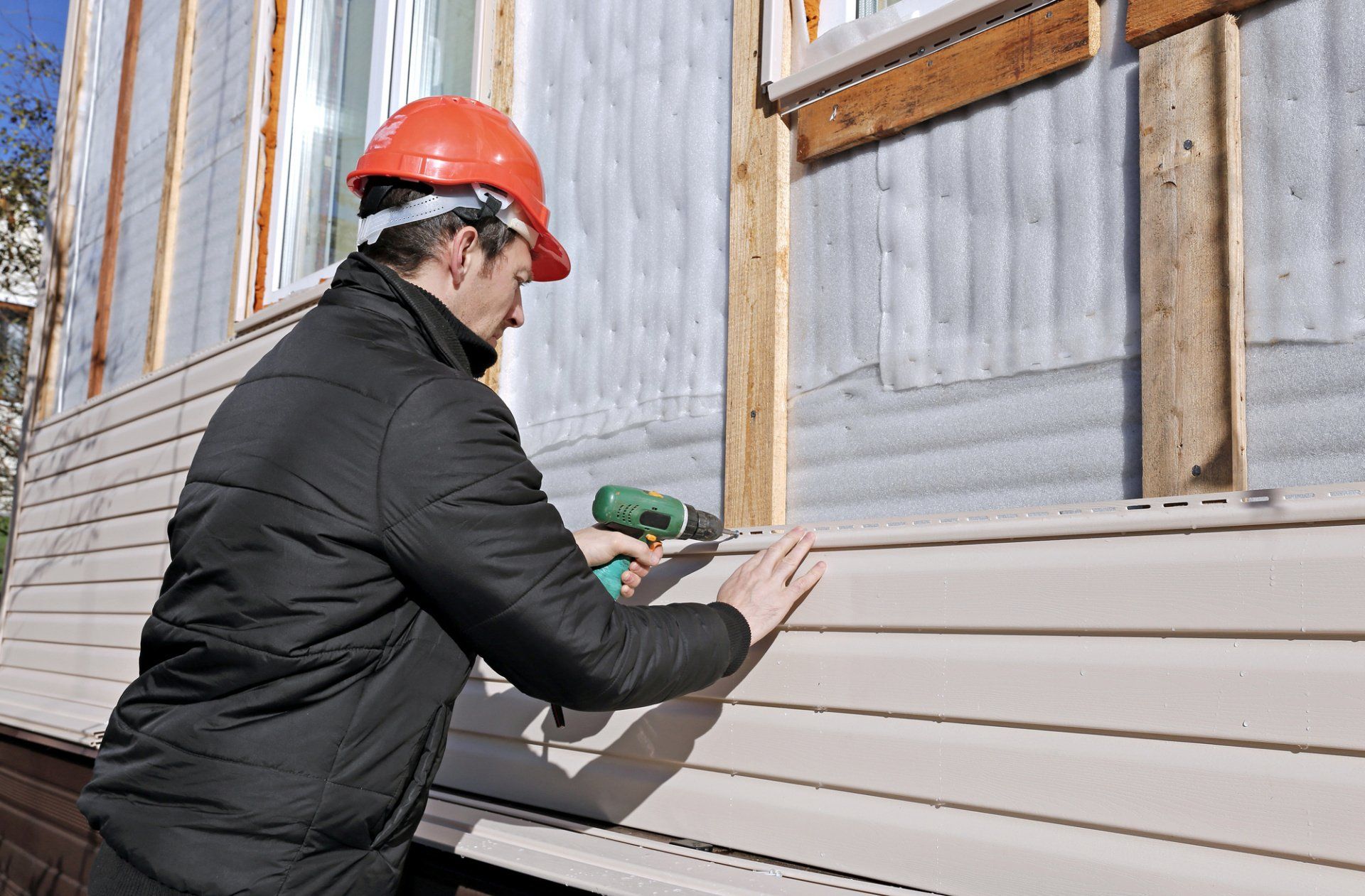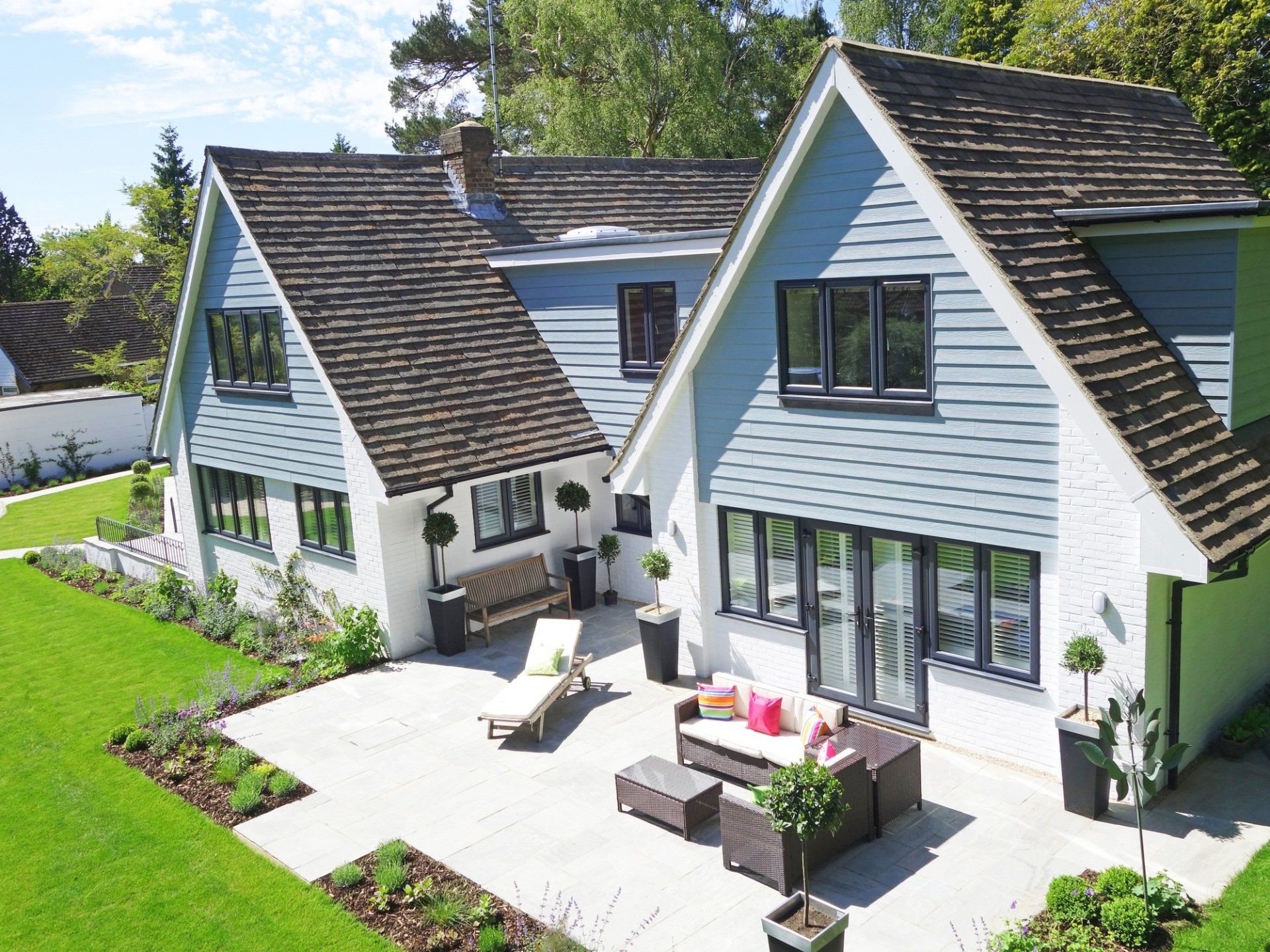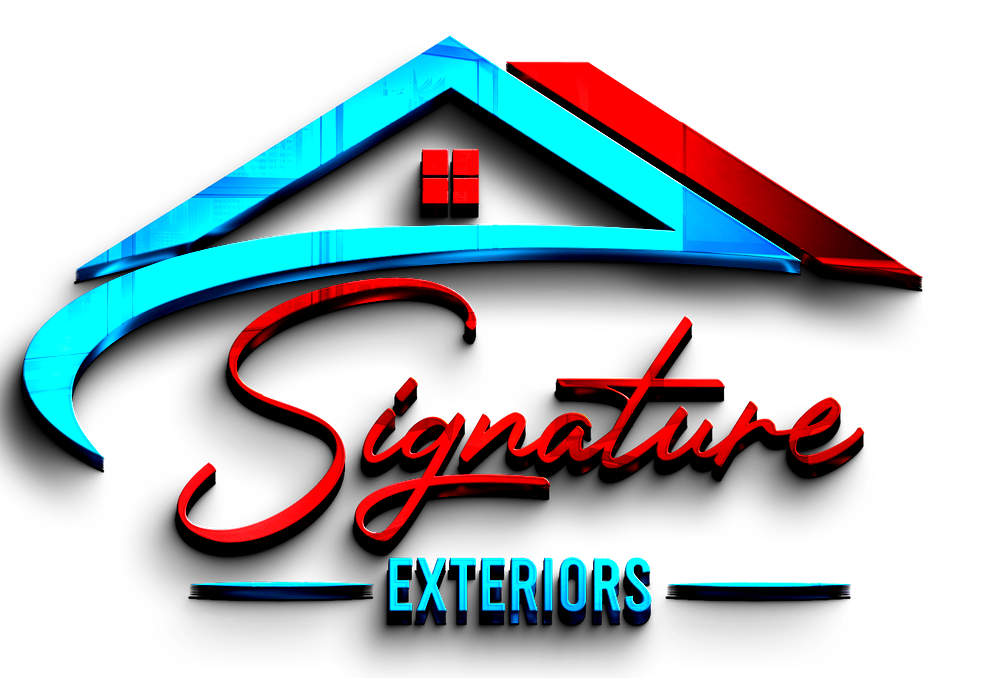Narrowing down exterior siding options for your home can be overwhelming. Discover these twelve different types of house siding - plus their pros and cons.
The global siding market is expected to reach over $118 billion by 2021.
House siding protects your home's exterior by providing a barrier against the weather elements. During the cooler months, siding can protect the interior of your home from the cold weather outside.
If you're siding is looking a little worse for wear, it might be time for your next home improvement project. Siding is available in various materials, colors, and styles to suit any budget.
Nothing will affect the appearance of your home more than the type of exterior siding you choose.
Learn more about the different types of house siding and the pros and cons for each.
1. Vinyl Siding
Vinyl siding is a durable form of plastic that is a popular choice among homeowners. That's because it is inexpensive and easy to install and maintain. Vinyl siding comes in various colors, styles, and textures like horizontal and vertical panels.
The drawback to using vinyl siding is that it is made from PVC and is not biodegradable. It may also lower your home's value since many homeowners regard vinyl siding inferior to other materials.
2. Natural Wood Siding
Natural wood siding has been a popular material for exterior design for centuries. Wood siding comes in various types, including cedar, pine, redwood, spruce, and fir. The best part about natural wood siding is customizing it to fit your vision.
Unfortunately, natural wood siding comes with a price tag. Keep in mind it is high-end material, so that it will increase your home's value significantly. Think of it as a long-term investment.
3. Fiber Cement Siding
Fiber cement siding is another popular choice among homeowners. That's because of its durability and positive impact on home value. It is sturdy, resists insect infestation, and requires little to no maintenance.
On the other hand, it is slightly more expensive than other materials on the market. You will also need a contractor to install fiber cement siding as it requires specialized expertise and tools.
4. Cedar Siding
Cedar siding is the least expensive wood siding option and is relatively easy to install. It is a beautiful, durable material that is sure to make your home stand out.
Cedar has the lowest rates of energy consumption and greenhouse gas production. However, over time it may become brittle when struck by hailstones or impacted by outdoor activities.
5. Stucco Siding
Stucco siding is a cement-like product commonly found on Spanish and Mediterranean-style buildings. Stucco stands up well to weather, wind, and debris. It is fire and insect-resistant and offers great insulation.
At the same time, stucco siding may crack as a house expands and contract with temperature changes. Professional installation is a must to get the best value from stucco siding.
6. Veneer Siding
Homeowners choose veneer siding if they want the look of brick and stone without the price tag. Brick veneer requires very little maintenance and can last as long as 50 years. Stone veneer offers the same protection but will only last around 30 years.
Brick and stone veneer siding suffer from moisture issues. Anything from natural disasters to vibrations from heavy traffic can lead to significant cracking.
Stone veneer is also very absorbent. When moisture is present, mold usually follows.
7. Composite Siding
Composite siding is made from two or more materials, including scrap wood like pine and cedar. The finished product is durable, rot, decay, and water-resistant.
It is generally inexpensive, looks like natural wood, and is available in various colors, patterns, and textures. However, some colors fade over time, especially if they're vibrant. Cracks can appear after continuous sunlight or bad weather.
8. Metal Siding
Metal siding can give any modern home a timeless look. It is becoming a more and more popular option for siding, and it's not hard to see why. Metal siding doesn't absorb or retain moisture and is extremely low maintenance.
Metal siding does come with a higher price tag due to the higher-quality material and installation costs. People who choose metal siding find the upfront investment well worth it.
9. Brick Siding
Brick dates back centuries and is known for its durability and traditional style. Brick is available in many sizes, colors, and textures. Better yet, brick does not rot, burn, or fade.
Brick costs slightly more than wood or fiber cement siding. The mortar can crack where vibrations are caused by earthquakes or heavy traffic. Climates with heavy rainfall may notice moisture issues in the home's framing.
10. Aluminium Siding
Aluminum siding is a cost-effective yet less-durable option. It does, however, provide solid insulation and will help you save money on utility bills. Unlike vinyl, aluminum siding can be painted and requires little maintenance.
At the same time, it is not as resilient as vinyl and can dent easily.
11. Stone Siding
Stone siding is a popular material for both interior and exterior applications. Derived from the earth, natural stone has unrivaled beauty and a long lifespan. It can be scratch and abrasion-resistant and provides a high level of insulation.
Installing stone siding can be labor-intensive, adding to the overall cost. It is more expensive than some other siding products. However, it may increase the value of your home.
12. Glass Siding
Glass siding is an ideal option for homeowners who wish to enjoy unimpeded panoramic views and an abundance of natural light. It offers plenty of versatility and creativity, and of course, you don't need to worry about rust.
At the same time, glass is fragile and absorbs heat fast. It is also unsuitable for environments with consistently poor weather or earthquake-prone areas.
Upgrade Your Exterior Siding With Commun Construction
Many people focus their attention on an interior home remodel, but it's just as important to update your exterior from time to time.
With regular exterior home maintenance, you can prevent interior damage from water leakage and ensure your home stays warm during the cooler months.
Unfortunately, exterior siding damage can happen. More often than not, it happens from the inside out. When you notice the damage, it's usually too late, and it's time for a replacement.
At Commun Construction, we can help you with all your siding needs. We offer high-quality, affordable, and fast siding installation and replacement. From concept to completion, we're with you every step of the way.
Contact us today for your free estimate.
